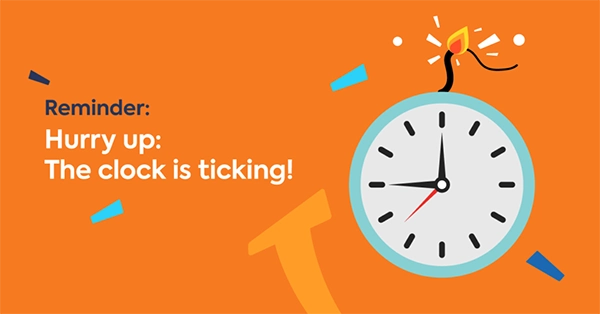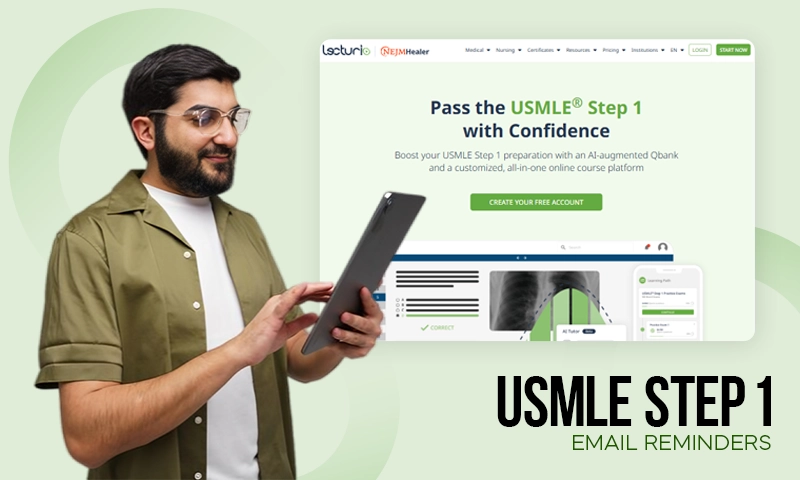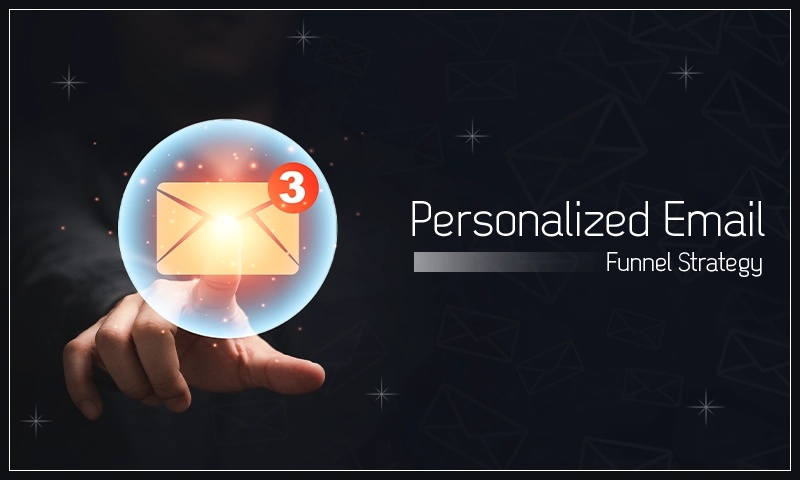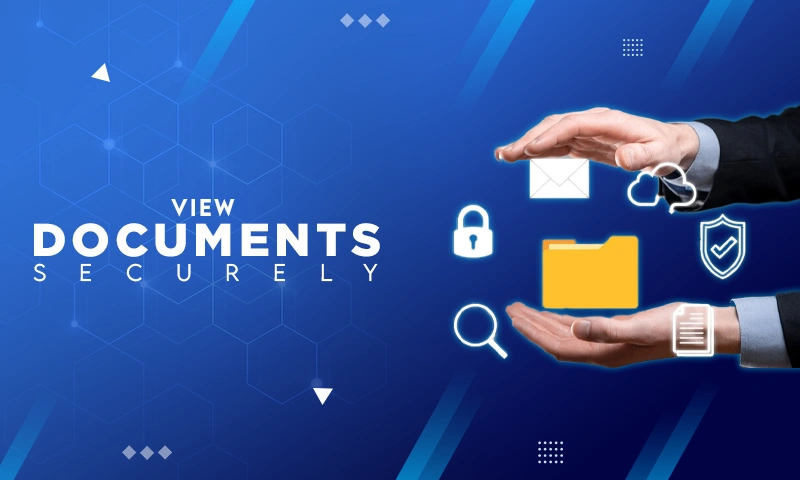How To Use Email Reminders And Scheduling Tools To Stay On Track For USMLE Step 1?
Imagine your brain is a sponge. Not a cute, kitchen-sink sponge, but a colossal, industrial-grade one that’s been dropped into the ocean of human medical knowledge. You’re desperately trying to soak it all in—every enzyme pathway, every pharm mechanism, every obscure side effect. Just as you feel you’ve absorbed a decent amount, the unforgiving sun of exam pressure begins to beat down, threatening to evaporate all that hard-won information. This is the perpetual state of a medical student preparing for the USMLE Step 1. The air is thick with a unique blend of caffeine, ambition, and low-grade panic. Your social life is a distant memory, your hobbies are archived in a folder you swear you’ll reopen in six months, and your daily existence is a meticulously color-coded—yet perpetually teetering—Jenga tower of Anki reviews, question banks, and practice tests.

It’s time to use technology to your advantage to snap out of this tight fix. This is where the journey from overwhelmed to over-prepared begins. It’s not about studying harder; it’s about studying smarter. And in this digital age, your secret weapons aren’t just textbooks and flashcards—they’re the unsung heroes of productivity: email reminders and scheduling tools. Think of them less as boring admin apps and more as your personal, automated medical school sherpa. They are the scaffolding that holds up your intellectual Jenga tower, ensuring that when the big day comes, you walk in not with a frazzled, overstuffed mind, but with a cool, confident, and comprehensively prepared one.
How To Use Email Reminders And Scheduling Tools To Stay On Track?
Master Your Macro-View With A Scheduling Tool: Use digital calendars (Google Calendar, Outlook) or project management apps (Notion, Trello) to block out your entire study timeline. This is your strategic map.
Action: Don’t just write “Pathology.” Schedule specific blocks: “9:00-11:00 AM: Cardiovascular Path – Hypertensive Emergencies.” Include dedicated slots for Qbanks, Anki reviews, and, crucially, breaks. This transforms an overwhelming mountain into manageable daily steps.
Automate Micro-Tasks With Email Reminders: Your calendar is the strategy; email reminders are the tactical nudges that execute it.
Action: Set up automated emails to ping you 10 minutes before a study block ends for a smooth transition. Schedule recurring reminders for daily critical tasks: “7:00 PM: Log 20 UWorld Incorrect Answers” or “9:00 AM: Un-suspend New Anki Cards.” This outsources the job of remembering, freeing your mental RAM for learning.
Schedule Mandatory Self-Care and Review: Burnout is the ultimate derailment. Use these tools to protect your well-being and assess your progress.
Action: Block out and set reminders for “30-Minute Walk,” “Meal Prep,” and “NO STUDYING AFTER 8 PM.” Furthermore, schedule a recurring weekly “Command Center” session. An email reminder can prompt you every Sunday evening to review your progress, adjust your plan for the upcoming week, and prevent you from drifting off course.
Conclusion:
By automating your schedule, you replace chaos with control, ensuring your energy is spent learning, not just remembering what’s next.
Share












